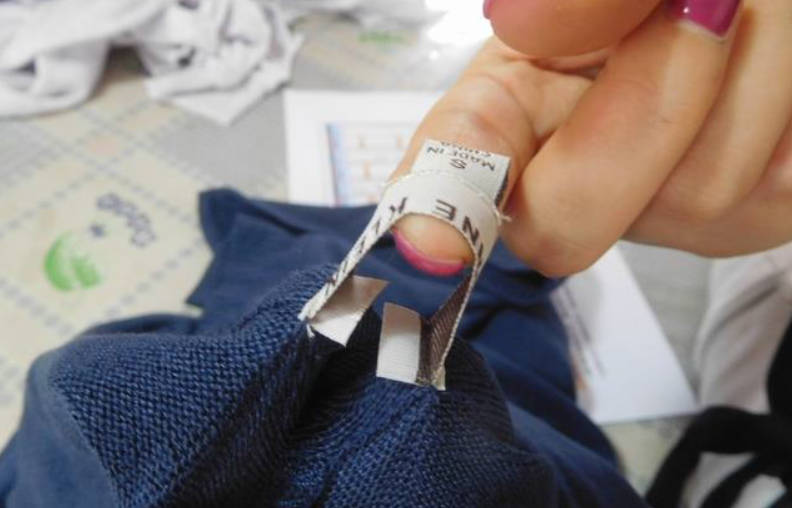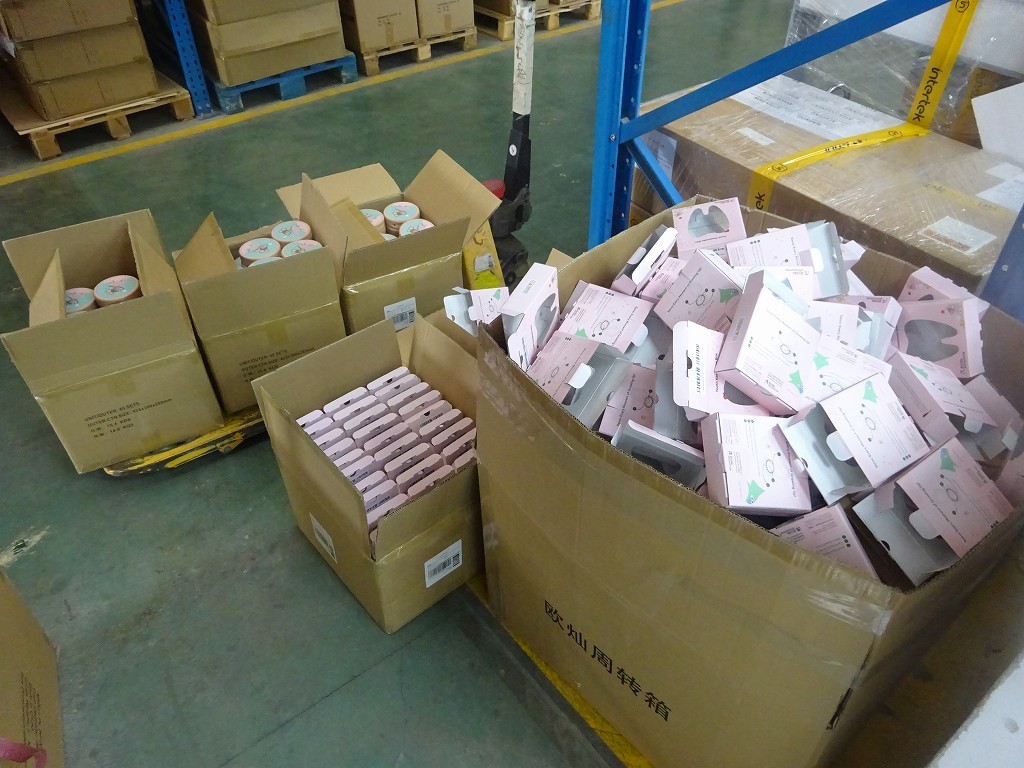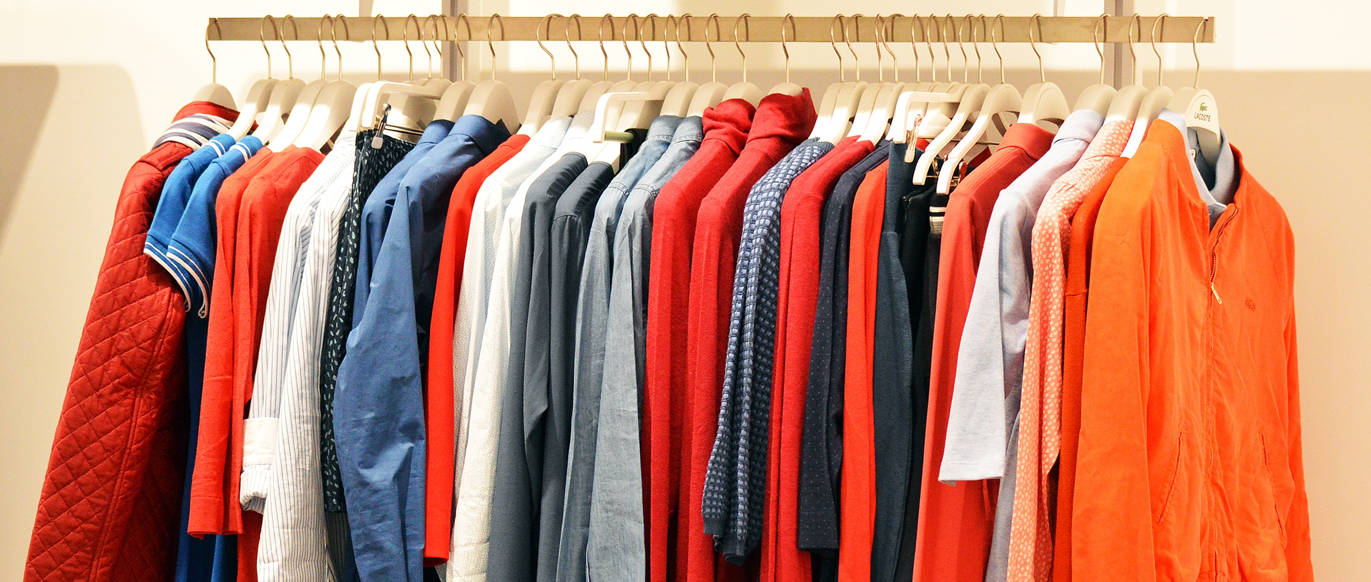Pre-shipment inspection is a crucial quality assurance process in the apparel industry, aimed at ensuring that all products meet the required standards and specifications before they are shipped to the customer or the market. This process involves a thorough inspection of both fabrics and accessories used in apparel products, addressing potential issues that could affect the overall quality and compliance of the final product. This guide outlines the essential steps, key points, and considerations in conducting an effective pre-shipment inspection of fabrics and accessories.

Contents
Preparation and Planning
Understand Specifications: Before beginning the inspection, it is essential to have a clear understanding of the product specifications, including material types, quality standards, colors, sizes, and any special requirements.
Review Documentation: Inspectors should review all relevant documentation, such as the Bill of Materials (BOM), purchase orders, and quality standards documents, to ensure alignment with the inspection criteria.
Sampling Method
Adopt a Standard Sampling Plan: Use an accepted sampling method, like the AQL (Acceptable Quality Level), to select a representative sample of the batch for inspection. This ensures that the inspection results are statistically valid.
Inspection of Fabrics
- Visual Inspection: Perform a detailed visual examination of fabric samples for defects (e.g., stains, tears, misprints) and ensure compliance with color and pattern specifications.
- Physical Tests: Conduct physical tests to assess fabric quality, including strength, elasticity, and fabric weight tests. Additionally, perform shrinkage and colorfastness tests to ensure the material’s durability and appearance retention after washing.
- Measurements: Verify that the fabric dimensions align with the specifications to avoid fitting issues in the final product.
Inspection of Accessories
- Quality Check: Examine accessories such as buttons, zippers, lace, and embellishments for quality issues, ensuring they match the specified requirements for material, color, and functionality.
- Functionality Tests: Test the functionality of accessories, ensuring that zippers open and close smoothly, buttons fasten properly, and other components work as intended.
- Compatibility Check: Ensure that accessories are compatible with the fabrics in terms of aesthetics and functionality, preventing potential issues during product use.
Compliance Verification
- Regulatory Compliance: Check that all materials comply with relevant international and local regulations, such as safety standards, chemical restrictions, and environmental certifications.
- Documentation Review: Verify that all required compliance documents and certifications for fabrics and accessories are in order, including test reports and safety certificates.
Final Review and Reporting
- Compile Findings: Document all inspection findings, including any defects or non-compliances, with detailed descriptions and photographic evidence.
- Recommendations: Provide recommendations for rectifying identified issues, such as reworking defective items or conducting additional tests if required.
- Decision Making: Based on the inspection results, make an informed decision regarding the approval for shipment or the need for corrective actions.
Key Considerations
- Attention to Detail: Given the diverse nature of fabrics and accessories, a meticulous approach is essential to identify subtle defects or non-compliances.
- Timeliness: Conduct the pre-shipment inspection with enough lead time to allow for any necessary corrections without affecting the overall production timeline.
- Clear Communication: Maintain clear and effective communication with suppliers and manufacturers throughout the inspection process to ensure any issues are promptly addressed.
Conclusion
Pre-shipment inspection is a vital step in the apparel manufacturing process, ensuring that the final products meet the highest standards of quality and compliance. By meticulously inspecting fabrics and accessories, manufacturers can avoid costly returns, maintain customer satisfaction, and uphold their brand reputation. Following a structured approach to inspection, as outlined in this guide, is essential for achieving these goals.






